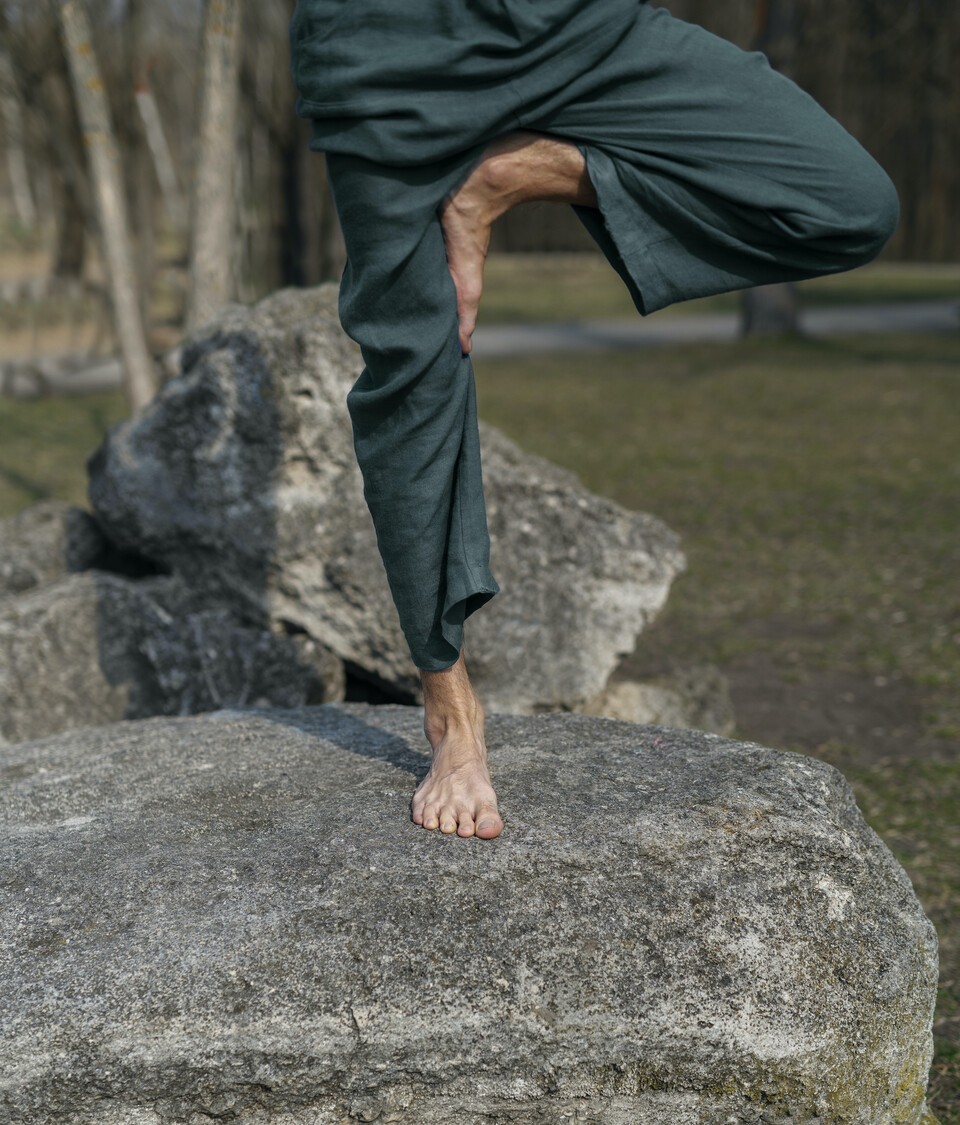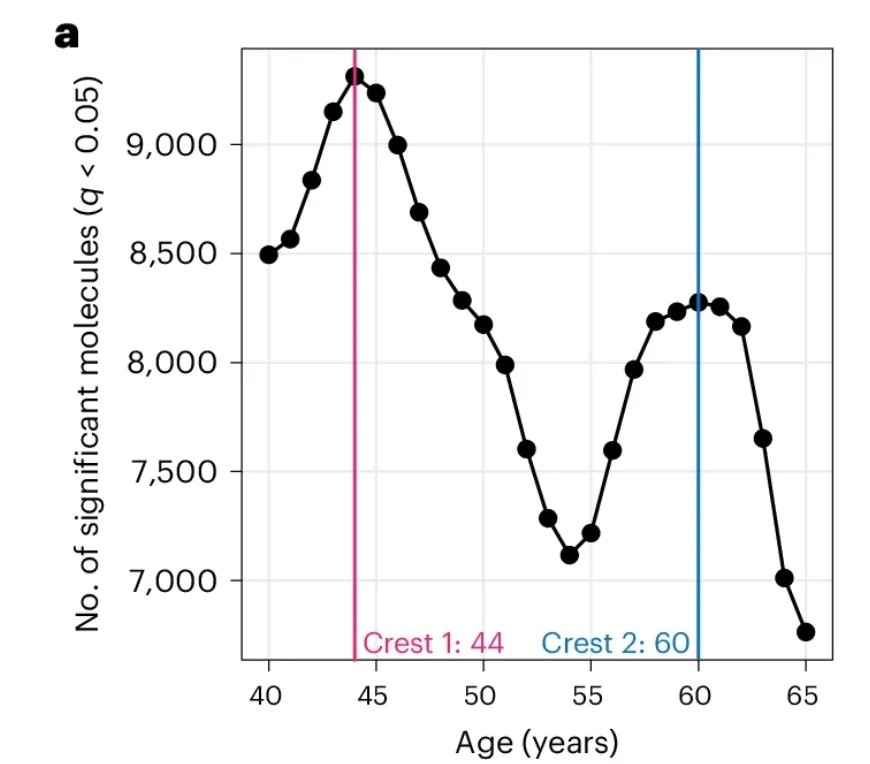According to research from the Mayo Clinic, seniors over the age of 65 tend to lose balance in approximately two seconds when standing on one foot using their non-dominant leg.

Is age just a number, or is there an exact moment when the body actually starts aging?
Research led by Professor Michael Snyder’s team at Stanford Medicine, published in the international journal “Nature Aging,” suggests that the human body undergoes significant biological changes at certain points. The scientists analyzed samples collected from 108 adults aged from 25 to 75 across blood, feces, skin, mouth, and nose, tracking changes in over 130,000 proteins, metabolites, and microorganisms.

The study found that the biological markers inside the human body did not change consistently. Instead, noticeable molecular-level changes were concentrated around the ages of 44 and 60. These two points were identified as biological pivot points of human aging.
Particularly, concentrations of proteins and metabolites related to metabolism, immune response, and inflammation regulation changed dramatically at these two ages. Professor Snyder explained, “The data confirmed that the body ages twice.”
Additionally, Dr. Kenton Kaufman’s research team at the Mayo Clinic also revealed results on the correlation between bodily function changes and age. The study measured walking, balance, grip strength, and knee strength in 40 adults, both above and below the age of 65.
Participants conducted a one-legged stand using their less-dominant leg. The average balance loss time was about two seconds for those over 65, while those under 65 could maintain it for over 10 seconds. With closed eyes, balance center fluctuations were greater as age increased.
The team evaluated that the one-legged stand duration reflects both muscle strength and balance sense, serving as a sensitive indicator of physical aging, with a strong correlation to age. However, they indicated that this ability can be improved through practice, and an increase in time should not be directly equated with improved health.
Both Stanford’s molecular biology-focused study and the Mayo Clinic’s function-focused study have pinpointed sharp changes at specific points in time, indicating a shared discovery that challenges the conventional belief of gradual aging with age. These findings highlight that aging can occur rapidly at certain points rather than unfolding progressively with time.
These results prompt a reevaluation of health management strategies for middle-aged and elderly populations. Moving forward, health management should prioritize biological changes within the body rather than merely focusing on the numerical age.